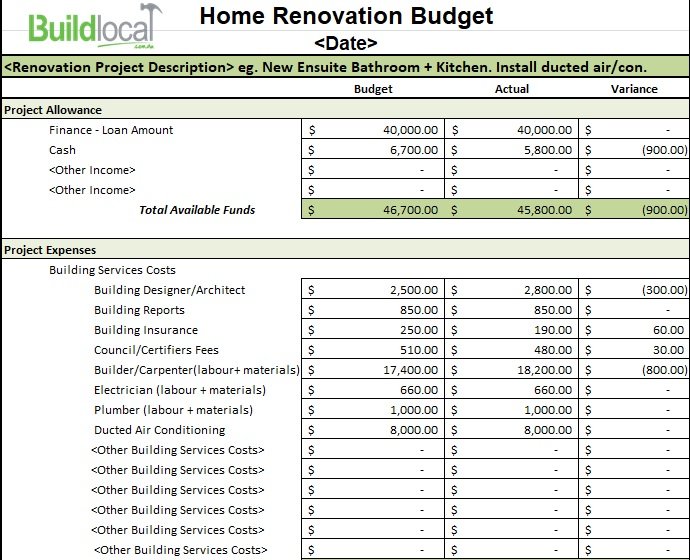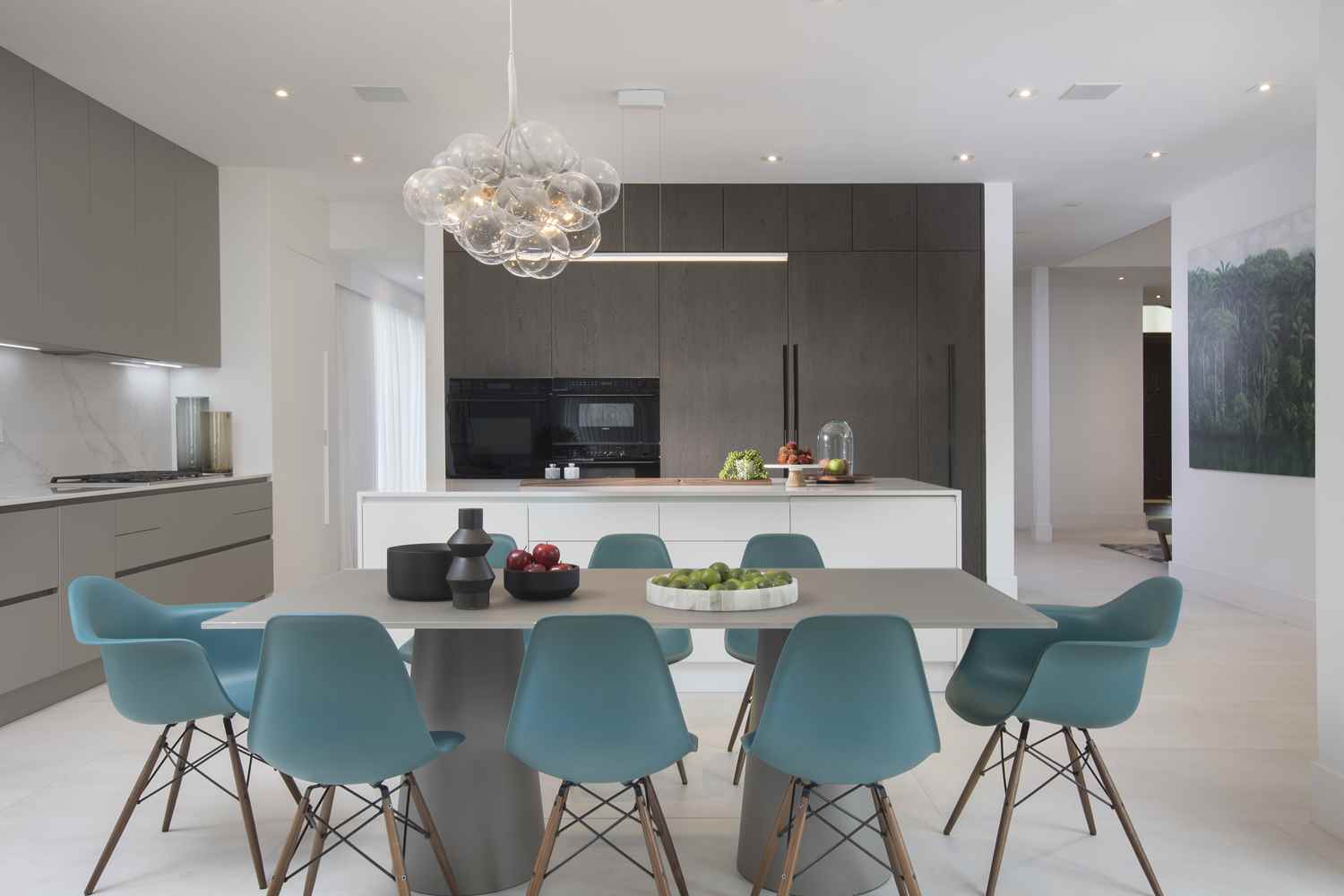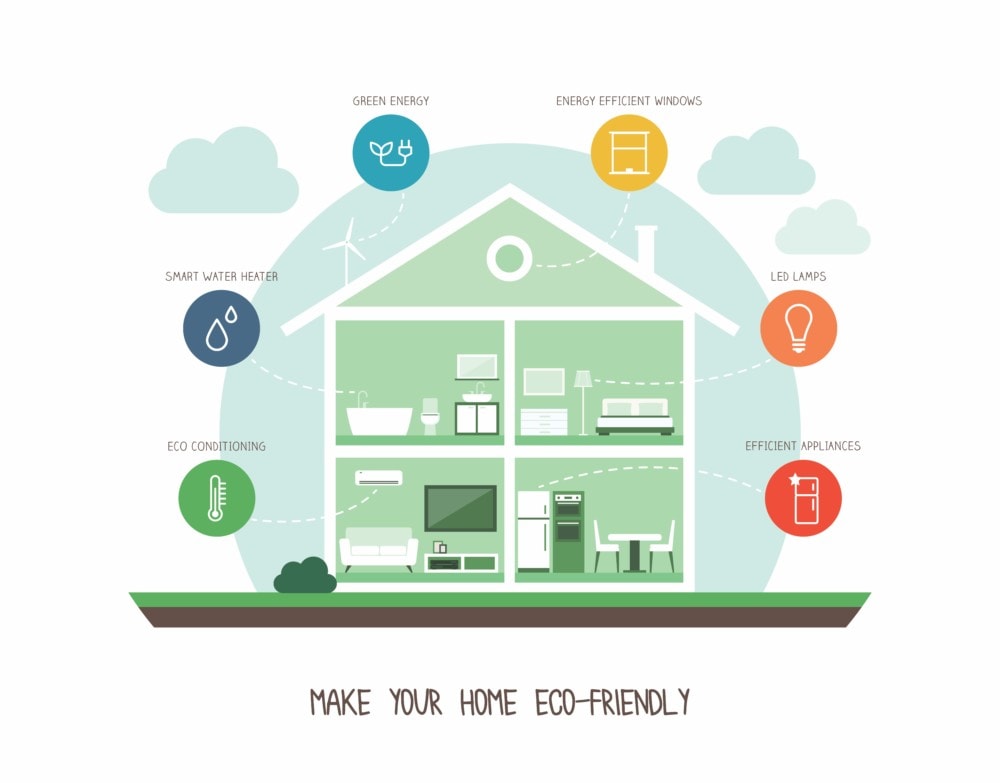The Power of Strategic Renovations in Real Estate
Renovation strategies for real estate play a crucial role in enhancing property value, attracting potential buyers, and improving rental income. A well-executed renovation project can significantly transform a property’s appeal and functionality, making it more desirable to a broader market. However, careful planning and strategic decision-making are essential to ensure the best possible results.
Real estate renovations should focus on addressing outdated features, improving energy efficiency, and maximizing space and flow. By incorporating current design trends and timeless aesthetics, property owners can create appealing environments that cater to a wide range of tastes. Moreover, eco-friendly renovations are gaining popularity, offering both environmental benefits and added value to properties.
When implementing renovation strategies for real estate, it is vital to strike a balance between investment and expected returns. Establishing a realistic budget, taking into account material costs, labor expenses, and potential permits, is crucial. Allocating funds effectively and prioritizing improvements that yield the highest return on investment can lead to a successful renovation project.

Assessing Property Condition: A Crucial First Step
When considering renovation strategies for real estate, assessing a property’s condition is a critical first step. This process involves identifying areas requiring improvement, such as outdated kitchens, bathrooms, or inefficient heating and cooling systems. Additionally, evaluating the overall structure and layout of the property is essential to ensure safety and functionality.
Begin by examining the property’s exterior, checking for signs of damage, such as cracked or peeling paint, rotting wood, or damaged roofing materials. Addressing these issues can prevent further deterioration and improve curb appeal. Inside the property, focus on high-traffic areas, like kitchens and bathrooms, which often require updates due to wear and tear. Consider modernizing fixtures, appliances, and cabinetry to enhance functionality and appeal.
Evaluating the property’s layout and structure is equally important. Consider whether the current floor plan effectively utilizes space and facilitates flow. Open-concept layouts are increasingly popular, as they create a sense of spaciousness and encourage social interaction. However, maintaining a balance between openness and privacy is crucial. Thoughtful storage solutions, such as built-in cabinetry or hidden storage areas, can help maximize space without compromising aesthetics.
When assessing a property’s condition, it is essential to strike a balance between necessary improvements and budget constraints. Prioritizing renovations that address safety concerns, improve energy efficiency, and update outdated features can significantly increase property value and appeal. By carefully evaluating a property’s condition before planning renovations, real estate investors can make informed decisions and maximize the potential for a successful project.

Budgeting and Financial Considerations
An essential aspect of successful renovation strategies for real estate is setting a realistic budget. Proper budgeting ensures that resources are allocated effectively, maximizing potential returns on investment. Factors to consider when establishing a budget include material costs, labor expenses, and potential permits.
To create a comprehensive budget, begin by researching material costs for various aspects of the renovation. This may include flooring, cabinetry, appliances, and fixtures. Keep in mind that material costs can vary significantly depending on the quality and sustainability of the products chosen. When possible, opt for energy-efficient and durable materials, as these upgrades can add long-term value to the property.
Labor expenses are another critical consideration when budgeting for real estate renovations. Hiring skilled professionals, such as contractors, architects, and designers, can ensure that the project is completed to a high standard. However, these services may come at a premium. To balance investment and expected returns, consider soliciting quotes from multiple professionals and negotiating rates where possible.
In some cases, permits may be required to complete renovations, particularly when structural changes are involved. Research local building codes and permit requirements to avoid unexpected costs or delays during the renovation process. Factoring these expenses into the initial budget can help prevent financial surprises and ensure a smoother project timeline.
Balancing investment and expected returns is crucial when allocating funds for real estate renovations. While it may be tempting to prioritize high-end finishes and luxury upgrades, focusing on improvements that address safety concerns, improve energy efficiency, and update outdated features can provide a greater return on investment. By carefully planning and executing a strategic renovation budget, real estate investors can maximize property value, appeal, and income potential.

Design Trends and Timeless Aesthetics: Renovation Strategies for Real Estate
When embarking on real estate renovations, it is essential to strike a balance between current design trends and timeless aesthetics. By incorporating modern elements that complement classic styles, investors can create properties with broad market appeal and long-term value. This approach ensures that the property remains attractive to potential buyers or renters, even as design preferences evolve.
One popular design trend in real estate renovations is the incorporation of natural materials, such as reclaimed wood, stone, and bamboo. These materials add warmth, texture, and visual interest to a space while also appealing to environmentally conscious buyers. Additionally, the use of organic shapes and biophilic design elements, such as indoor plants and living walls, can create a strong connection to nature, promoting well-being and relaxation.
Color palettes are another critical aspect of design trends for real estate renovations. Neutral tones, such as white, gray, and beige, continue to be popular choices for walls and flooring, providing a versatile backdrop for accent colors and decor. However, bolder hues, such as navy blue, deep green, and terracotta, are gaining popularity, adding depth and sophistication to interiors. When selecting colors, consider the property’s target market and regional preferences to ensure maximum appeal.
Open-concept layouts remain a sought-after feature in real estate renovations, as they promote flow and connectivity between spaces. By removing non-structural walls and incorporating strategically placed support beams, renovators can create a sense of spaciousness and continuity, enhancing the overall functionality and appeal of the property. Additionally, thoughtful storage solutions, such as built-in cabinetry and hidden storage compartments, can help maintain a clutter-free environment, further contributing to the property’s visual appeal.
While incorporating design trends can significantly boost a property’s appeal, it is equally important to consider the value of timeless aesthetics. Classic styles, such as traditional, transitional, and modern farmhouse, have enduring appeal and can provide a solid foundation for future renovations and updates. By blending modern elements with these established styles, investors can create properties that are both on-trend and resistant to the whims of rapidly changing design fads.
In conclusion, striking a balance between design trends and timeless aesthetics is crucial when developing renovation strategies for real estate. By incorporating modern elements that complement classic styles, investors can create properties with broad market appeal and long-term value. This approach ensures that the property remains attractive to potential buyers or renters, even as design preferences evolve.

Eco-Friendly Renovations: A Growing Trend in Real Estate
As awareness of environmental issues continues to grow, so does the demand for eco-friendly renovations in real estate. Energy-efficient upgrades, sustainable materials, and water-saving features are increasingly popular among both property owners and potential buyers. By incorporating these elements into renovation strategies for real estate, investors can not only add value to their properties but also contribute to a more sustainable future.
Energy-efficient upgrades are a significant aspect of eco-friendly renovations. Installing Energy Star-rated appliances, LED lighting, and high-efficiency heating and cooling systems can significantly reduce a property’s energy consumption, lowering utility bills and increasing its overall appeal. Additionally, insulating walls, attics, and floors can help maintain a consistent temperature, further improving energy efficiency and occupant comfort.
Sustainable materials are another essential component of eco-friendly renovations. By using rapidly renewable resources, such as bamboo and cork, or recycled materials, like reclaimed wood and recycled glass, investors can minimize their environmental impact while also adding unique design elements to a property. These materials often have a lower carbon footprint than traditional building materials, making them an attractive choice for environmentally conscious buyers.
Water-saving features are also gaining popularity in eco-friendly renovations. Installing low-flow faucets, showerheads, and dual-flush toilets can help reduce water consumption without sacrificing functionality or comfort. Additionally, rainwater harvesting systems and greywater recycling systems can collect and reuse water for irrigation and other non-potable purposes, further contributing to water conservation efforts.
Beyond their environmental benefits, eco-friendly renovations can also provide financial advantages for property owners. Many energy-efficient upgrades, sustainable materials, and water-saving features are eligible for government incentives, such as tax credits and rebates, which can help offset the initial investment. Furthermore, eco-friendly properties often command higher rental rates and resale values, as more buyers are willing to pay a premium for environmentally friendly features.
In conclusion, eco-friendly renovations are a growing trend in real estate, offering both environmental and financial benefits for property owners. By incorporating energy-efficient upgrades, sustainable materials, and water-saving features into renovation strategies for real estate, investors can create properties that appeal to a broad market while also contributing to a more sustainable future.

Maximizing Space and Flow: Key Renovation Strategies for Real Estate
When it comes to renovation strategies for real estate, maximizing space and flow is crucial for enhancing a property’s functionality and appeal. Open-concept layouts, strategic room arrangements, and thoughtful storage solutions can significantly improve the overall livability and marketability of a property. Here are some key renovation strategies for real estate that focus on maximizing space and flow:
Open-concept layouts are a popular trend in modern real estate renovations. By removing walls between living areas, such as the kitchen, dining room, and living room, homeowners can create a more spacious and inviting atmosphere. Open-concept layouts not only make a property feel larger but also facilitate social interaction and natural light flow. When planning an open-concept renovation, it’s essential to consider load-bearing walls and ensure that structural integrity is maintained.
Strategic room arrangements can also help maximize space and flow in a property. For example, combining a small kitchen and dining room into a single, larger kitchen and living area can create a more functional and welcoming space. Additionally, reconfiguring the layout of a bathroom to include a separate shower and bathtub can improve functionality and appeal. When planning room arrangements, it’s essential to consider traffic patterns and ensure that the space is both functional and aesthetically pleasing.
Thoughtful storage solutions are another critical aspect of maximizing space and flow in a property. By incorporating built-in shelves, cabinets, and closets, homeowners can create additional storage space without sacrificing valuable square footage. Additionally, using multi-functional furniture, such as a bed with built-in drawers or a dining table with storage underneath, can help maximize space and functionality. When planning storage solutions, it’s essential to consider the property’s overall style and aesthetic, ensuring that the solutions blend seamlessly with the existing design.
Incorporating natural light is another essential aspect of maximizing space and flow in a property. By installing larger windows, skylights, or sliding glass doors, homeowners can create a brighter and more spacious atmosphere. Natural light not only improves the overall ambiance of a property but also has been shown to have positive effects on mood and productivity. When planning natural light solutions, it’s essential to consider energy efficiency and ensure that the property is well-insulated to prevent heat loss.
In conclusion, maximizing space and flow is a critical aspect of successful renovation strategies for real estate. By incorporating open-concept layouts, strategic room arrangements, thoughtful storage solutions, and natural light, homeowners can significantly enhance a property’s functionality and appeal. When planning renovations, it’s essential to balance investment and expected returns, ensuring that the renovations align with the property’s overall style and market demand.
:max_bytes(150000):strip_icc()/most-important-factors-investing-real-estate.asp-ADD-FINALjpg-32950329a30d4500b6d7e0fd0ba95189.jpg)
Marketing and Showcasing Renovated Properties
In today’s competitive real estate market, effectively presenting renovated properties is crucial for attracting potential buyers or renters. Utilizing strategic marketing techniques and showcasing the renovations in the best possible light can significantly increase interest and, ultimately, lead to faster sales or higher rental income. Here are some key strategies for marketing and showcasing renovated properties:

Measuring Success: Tracking Renovation ROI
When embarking on real estate renovations, it’s essential to establish clear goals and measure the success of your investments. One of the most effective ways to evaluate the performance of your renovation strategies for real estate is by tracking return on investment (ROI). This metric allows you to assess the financial gains of your renovation projects and make informed decisions for future investments. Here are some tips on how to measure the success of your real estate renovations by tracking ROI:
Assess Property Value Before Renovations: Before starting any renovation project, obtain an accurate estimate of the property’s current market value. This can be done by consulting real estate experts, researching comparable properties in the area, or hiring a professional appraiser. Having a clear understanding of the property’s initial value will help you set realistic expectations for the potential ROI.
Assess Property Value After Renovations: Once the renovations are complete, repeat the process of estimating the property’s market value. This time, you should see an increase in value due to the improvements made during the renovation process. Subtract the initial value from the new estimated value to calculate the total gain in property value.
Calculate Total Investment: To determine the ROI, you’ll need to know the total investment made in the renovation project. This includes material costs, labor expenses, permits, and any other related expenses. Be sure to keep detailed records of all expenditures throughout the renovation process.
Calculate ROI: To calculate the ROI, divide the total gain in property value by the total investment, and multiply the result by 100 to express it as a percentage. For example, if the total gain in property value is $50,000 and the total investment is $30,000, the ROI would be ($50,000 / $30,000) \* 100 = 166.67%. A positive ROI indicates a successful renovation project, while a negative ROI suggests that the investment did not yield the desired returns.
Use ROI Information to Inform Future Decisions: Tracking renovation ROI allows you to identify which projects have been most successful and which ones may need adjustments. By analyzing the ROI data, you can make more informed decisions about future renovation strategies for real estate, ensuring that your investments yield the best possible results.
ARTICLE=””

